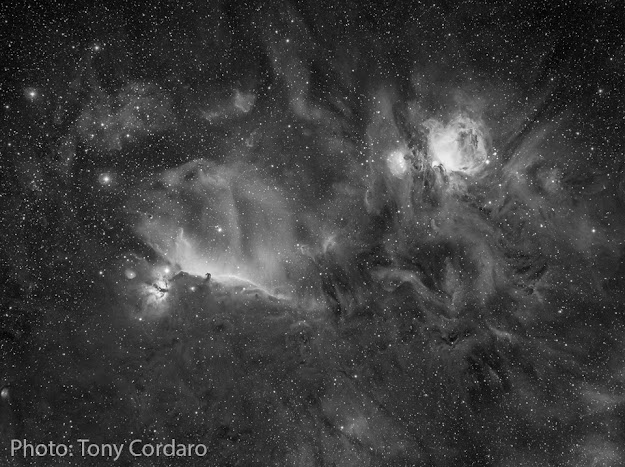Jewel Box with a 127mm saxon FCD100 triplet refractor

1 March 2019 You can do this! I've been contacted by a couple of people who say that the photos I publish don't give a realistic impression of what a customer can expect to be able to get. So, in something of up-to-date news, I'm in the middle of evaluating (see also playing with) a saxon FCD100 127mm triplet APO refractor (https://www.saxon.com.au/saxon-deluxe-127mm-apochromatic-air-spaced-ed-triplet-refractor-telescope.html). The idea here is to see what sort of photos you can get with JUST this telescope and a DSLR (and a $30 t-ring to hold them together). Yes, that's right, no chilled CMOS, no filters, no autoguiding, no autofocus, and no magic post-processing. Just a tracking mount (in this case an unvarnished, slightly used, NEQ6, driven by a handbox). So last night I went out into my front yard, under the street lights and Kew's light pollution, polar aligned by finding Sigma Octantis with my binoculars (which was pretty rough), and fired off a SI...










